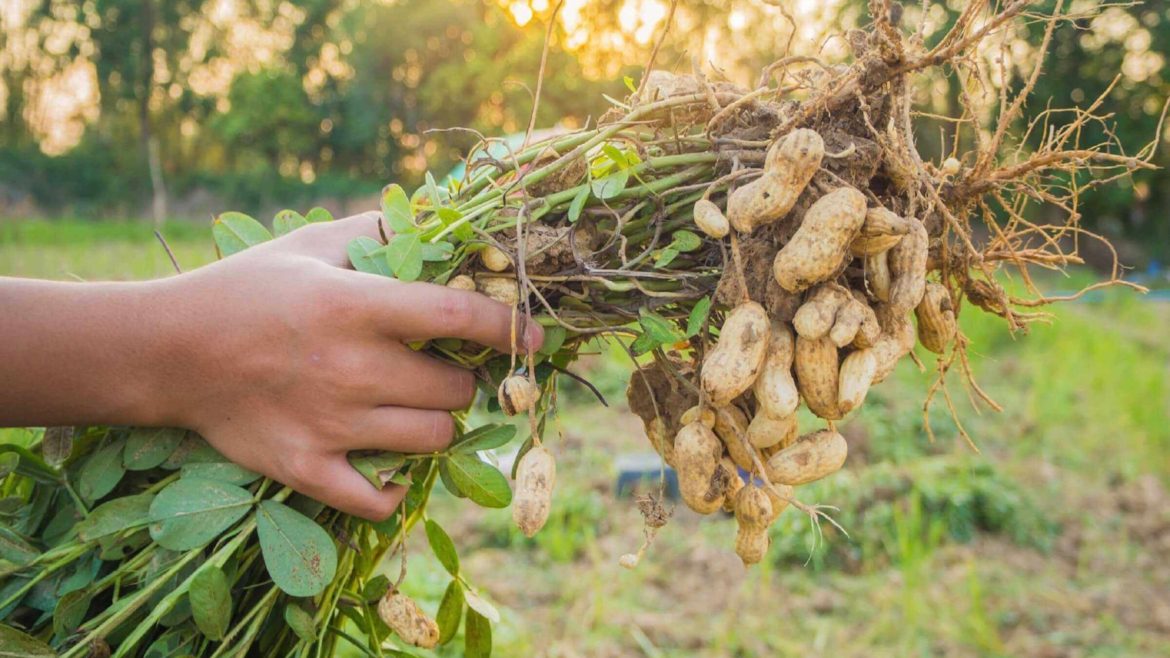In recent years, there has been a growing trend towards contract farming of groundnut in India. Under contract farming, farmers sign a contract with a private company to grow groundnut on their land. The company provides the farmers with inputs such as seeds, fertilizers, and pesticides, and guarantees a minimum price for the crop. Contract farming has the potential to increase farmers’ income and reduce their dependence on intermediaries.
Another emerging trend in groundnut marketing in India is online trading. Online platforms such as eNAM (National Agriculture Market) and AgriBazaar allow farmers to sell their produce directly to buyers across the country. Online trading has the potential to reduce the role of intermediaries in the market and provide farmers with better prices for their produce.
In conclusion, groundnut marketing in India is a complex and competitive industry, with a mix of traditional and modern marketing channels. While there are challenges such as the lack of transparency in the APMC system, there are also opportunities for farmers to benefit from contract farming and online trading platforms.
I must explain to you how all these works

- Pulling up the plants: The first step in harvesting groundnuts is to pull up the entire plant from the ground. This is usually done manually by pulling the plants with hands or using a tractor. In India, many farmers still rely on manual labor to harvest groundnuts. They use a hoe or plow to loosen the soil around the plants and then pull the plants up by hand. In some cases, farmers may use a tractor to pull up the plants.
- Drying the plants: Once the plants are pulled up, they are left to dry in the sun for a few days. This allows the groundnuts to mature and dry out, making them easier to separate from the plants. The drying process also helps to reduce the moisture content in the groundnuts, which is important for preventing spoilage.
- Separating the pods: After the plants have dried, the pods are separated from the rest of the plant. This is usually done manually by pulling the pods off the plant. In some cases, farmers may use a machine to separate the pods. The pods are then left to dry further in the sun.
- Cleaning the pods: The pods are then cleaned to remove any dirt, debris or leaves that may be attached to them. This is usually done by hand using a brush or cloth.
- Sorting the pods: The pods are sorted based on their size and quality. This is done to ensure that only the best quality groundnuts are sold to consumers. In India, groundnuts are sorted manually by hand. The pods are examined carefully to ensure that they are free from any defects or damage. This process is important for ensuring that the groundnuts are of high quality and meet the standards set by the market.
- Storing the groundnuts: Once the groundnuts are sorted, they are stored in a cool, dry place to prevent them from spoiling. In India, groundnuts are usually stored in large sacks made of jute or polypropylene. The sacks are stacked on top of each other in a cool, dry place such as a warehouse. The groundnuts are typically sold to buyers or traders who transport them to various parts of the country.
Integer nonummy integer, mi arcu lacus. Wisi nec, arcu orci nulla, venenatis nulla pulvinar vel imperdiet, elit sed vulputate eget a sapie.
Morgan King


